South Korea is mountainous but doesn't have the stunning, jagged peaks of the Alps or volcanoes blanketed in 15 meters of snow like Hokkaido. It doesn't have the rollicking, raucous mid-mountain huts of Austria where skiers pass around bottles of schnapps, or log-cabin lodges with crackling fires where skiers sip glasses of vin chaud or gluehwein. What South Korea lacks in tradition it makes up for in efficiency: small, modern resorts with fast lifts and good snowmaking. And the region does have a ski culture all its own: soju, BBQ and plenty of time soaking in spas known asjjimjilbang.
Read MoreNew York Times Rio 2016: Gymnast's Selfie Goes Viral, but Her Bio is Sparse →
In a selfie that has spread quickly online, the North Korean gymnast Hong Un-jong smiles brightly as a South Korean competitor at the Rio Olympics, Lee Eun-ju, 17, holds up her smartphone and snaps a picture of them hugging.
Read MoreU.S. News: Party Time in Pyongyang North Korea's biggest political gathering in decades will affirm Kim Jong Un's place as leader →
For months, North Koreans toiled day and night, renovating the Central Zoo, planting rows of apple trees and churning out coal in the deep, dark mines in the west. Factory workers hustled to produce everything from shoes and makeup to soft drinks and batteries so they could celebrate with the claim that they had surpassed yearly quotas.
Read MoreForeign Policy: Why Kim Jong Un Needs Nuclear Weapons →
At North Korea’s first party congress in 36 years, the country’s leader is showing why he’s the man to defend his people.
As delegates take their seats inside an elaborately festooned hall in Pyongyang this week, one question looms: What will happen at the Seventh Party Congress, North Korea’s biggest political convention in 36 years?
So cloaked in mystery is North Korea’s political machinery that very few details have emerged about the ongoing party congress, a rubber-stamp gathering of delegates that historically has served as a stage for the unveiling of key ideological movements put forth by the leadership. Major developments from this congress may not be revealed until the event ends in a few days’ time, if they are formally announced at all. (Foreign journalists brought in for a propaganda tour of the city were shut out of the congress hall.)
The significance of this event — the seventh party congress since the 1949 founding of the ruling Workers’ Party of Korea (WPK), and the first since October 1980 — is that it is leader Kim Jong Un’s big chance to hold court at his nation’s most important political gathering. The parts of his May 6 congress speech that have been released show Kim praising the “magnificent and exhilarating” of his country’s nuclear program — a program for which he is at least partially responsible. He will also be seeking to cement his place in history by outlining the policies and ideology that will define his era of leadership and serve as a blueprint for the country’s future.
For outsiders, it will be the best chance yet to decipher how this 33-year-old leader — who took power in December 2011 following the death of his father, then-leader Kim Jong Il — plans to lead his nation out of poverty and diplomatic isolation after a series of increasingly threatening nuclear provocations.
Kim, the third generation in the family dynasty to rule North Korea, will be leaning on the legacies of father Kim Jong Il and grandfather Kim Il Sung to legitimize his claim to leadership. The party congress is hewing closely to past precedent, but with a modern twist — making it helpful to look back at the 1980 congress, as well as previous congresses, to gauge what might be happening behind closed doors.
Foreign media accounts and history books contain scant information about what took place at the Sixth Party Congress, convened by then-President Kim Il Sung — though historians see it as the event where he officially anointed Kim Jong Il as the future leader of North Korea. In contrast, Kim Jong Il’s official biography — titled, simply, Kim Jong Il: Biography — provides a surprisingly cinematic and detailed account of Kim Jong Il’s alleged behind-the-scenes activities in the days leading up to the congress. According to the three-volume tome, which must be taken with a grain of salt as it is propaganda, Kim Jong Il proposed redrafting party rules to enshrine his father’s “Juche” philosophy — a homegrown ideology of self-reliance that combines Korean nationalism with socialism — as the defining feature of national identity.
The congress was also a massive spectacle. Looking at how the regime celebrated in 1980 will give us a hint to how this year’s festivities may unfold. According to his biography, Kim Jong Il’s vision for celebrations called for:
- 6,000 delegates to the congress (though the actual number ended up around 3,000)
- 1 million citizens for a Pyongyang parade (“an occasion for the people to express their loyalty to the president”)
- 50,000 gymnasts for the mass games
- 15,000 performers for an evening extravaganza
- 10,000 fireworks in the space of 50 minutes
- 300 flower-bedecked boats sailing along the Taedong River, which flows through Pyongyang.
In the months leading up to the congress, Kim Jong Il also ordered a “speed campaign” calling on North Koreans to fulfill a year’s quota of work within 100 days, with a special focus on transforming Pyongyang into a “socialist fairy tale.” A second campaign called for the mass production of consumer goods — shoes, underwear, watches, cosmetics, and even refrigerators — to be distributed to the people during the party congress.
Back then, the 39-year-old and apparently indefatigable Kim Jong Il “greeted the dawn in his office” after staying up all night poring over congress plans. Then he inspected a construction project; directed a mass games dress rehearsal; visited the department store to examine new consumer goods; stopped by the Korean Central News Agency (KCNA), the state’s news agency; and surveyed new construction downtown. Even as the sun was rising on another all-nighter, Kim Jong Il — a notorious movie buff — managed to squeeze in a screening of a new feature film (the text doesn’t say which one). No surprise, then, that when the party congress opened a few days later, the future leader of North Korea looked “haggard.”
On the first day of the congress, Kim Il Sung gave a five-hour speech laying out the party’s successes. Delegates took the next day off for the million-people parade. Over the next three days, delegates adopted the revisions Kim Jong Il drafted that tweaked regulations about party leadership and expanded ideological education. Those regulations may sound insignificant or bureaucratic, but they helped further entrench the Kim family’s hold on power and solidified the nationalistic bent of the country’s political and economic system.
Indeed, party congresses have served as a stage for most of the defining moments in North Korea’s short but dramatic political history. The first congress — held in 1946, a year after Korea’s liberation from Japanese colonial rule — served as the inauguration of the WPK, which has ruled North Korea since its inception. The previous year, the Soviets had installed the 34-year-old guerrilla fighter Kim Il Sung as their man in Pyongyang. Contemporaneous photos show him smiling confidently in a Western-style suit and tie, with a version of the haircut Kim Jong Un sports today. It is no coincidence that Kim Jong Un, presiding over his own first party congress, put on a Western-style suit and tie on May 6 in favor of the Mao-style suit he typically wears. The references to his revered grandfather are deliberate.
The first post-Korean War party congress in 1956 formalized the importance of Kim Il Sung’s recently unveiled Juche philosophy. At the Fourth Party Congress, in 1961, Kim announced an ambitious seven-year economic plan. And at the Fifth Party Congress, in 1970, Kim Jong Il, then a party propagandist, instructed officials to distribute the first “loyalty” badges bearing Kim Il Sung’s image to delegates. The pins should be red, he allegedly said, to honor “the blood of the Korean communists,” and worn over the delegates’ hearts. Today, nearly every North Korean wears a now-iconic loyalty badge featuring Kim Il Sung or Kim Jong Il, or both.
Like his father and grandfather before him, Kim Jong Un ordered a “speed campaign” that had North Koreans toiling for 70 days and 70 nights to weave, plant, build, invent, and farm well beyond their yearly quotas. Like his father, he has been making the rounds to inspect a notebook factory and new construction in the capital. However, his guidance has also included overseeing the test-fire of a submarine-launched ballistic missile in April — a telling shift in priorities compared to his father.
Sixty years after his grandfather introduced Juche, Kim Jong Un will likely promote his brand of socialism, Kimilsungism-Kimjongilism (trust me, it sounds better in Korean). It’s an ideology that celebrates the contributions of both his father and grandfather, and cements his position as the third-generation heir to the Kim family dynasty. Party congresses have also been a chance to address factionalism, and to sweep out the old guard and bring in the new: North Korea watchers in Seoul speculate Kim will promote his younger sister, Kim Yo Jong, to a key party position as a way to further cement the Kim family’s hold on power.
More relevant for Americans, Kim Jong Un is expected to promote and further detail his vision for “pyongjin,” a two-pronged path of pursuingnuclear weapons alongside economic development. Indeed, Kim Jong Un’s special touch for this congress has been to bring nuclear bombs and ballistic missiles into the celebration. Without the 20 years of grooming his father had, the young leader needs a fast and powerful way to show he has the guts and vision to lead — and defend — his country for decades to come.
In the months following the October announcement of the Seventh Party Congress, the regime twice test-fired submarine-launched ballistic missiles, conducted a nuclear test, and launched a long-range rocket. A nuclear-tipped missile capable of threatening the United States is his political calling card, and the months of illicit and provocative nuclear and ballistic missile tests were part of a meticulously orchestrated plan to ensure Kim Jong Un arrives at the party congress in a blaze of glory. Indeed, Kim opened the congress by laying out the list of nuclear and ballistic missile successes.
It’s not surprising that North Korea went more than three decades without a congress. These are costly affairs for an extremely poor country — not to mention the human toll of the speed campaigns and mass games, and the deepening diplomatic isolation that accompanies each nuclear test. The bombs, the missiles, the parades, the performances, the construction: They’re all part of an investment the regime is making to enforce and inspire unity at home, and to ensure loyalty to a family determined to hold onto power for decades to come.
New York Times Magazine: Kim Jong Un's Generational Ambitions →
It was party time in Pyongyang. Workers scrambled to hang congratulatory banners in the lobby of the Koryo Hotel, my home away from home in the North Korean capital, where I was posted as an Associated Press correspondent. A gaggle of cooks, still in aprons and chef’s hats, dashed out from the kitchen to watch the festivities, and mothers tightened the pink bows in their daughters’ hair as the girls fidgeted in anticipation.
Read MoreBrookings Institution: Tourism to North Korea: Unethical or an opportunity for engagement? →
“What is it like inside an American nightclub?” The question from a young North Korean woman startled me.
Read MoreVideo footage by Jean H. Lee shot at Masikryong ski resort in January 2014.
CNN: World's most exotic luxury ski resort? Hitting the slopes at Masik, North Korea →
Video and photos from Masikryong ski resort, shot in January 2014 just weeks after the resorts' opening.
Read MoreAP: Purge of Kim uncle sends chilling message to North Korea’s elite →
While the rest of North Korea’s top brass leaped to their feet before Kim Jong Un, clapping wildly in a requisite show of respect at high-level meetings, his uncle, Jang Song Thaek, often seemed nonchalant, at times even bored. Once considered the force behind the young leader, he displayed a bold insouciance that seemed calculated to show he was beyond reach.
So by purging his own uncle, Kim has delivered a more chilling message: No one is beyond reach, not even family.
Jang’s fall from grace, accompanied by allegations from corruption to womanizing and capped by his dramatic arrest at a party meeting Sunday, has no doubt spooked Pyongyang’s elite. It also suggests Kim is still trying to consolidate the power he inherited from his father two years ago.
This is far from Kim’s first purge. Several defense ministers and army chiefs have been replaced as the Workers’ Party has asserted control over the military after 17 years of military-first rule under late leader Kim Jong Il.
But it is the ouster of Jang, who had been considered North Korea’s second-most-powerful figure, that sends the strongest signal to anyone seeking to challenge Kim.
Jang, 67, had occupied a privileged and yet precarious spot within the inner circle. He is the husband of Kim Kyong Hui, the only daughter of late President Kim Il Sung, younger sister to Kim Jong Il and aunt to Kim Jong Un.
Jang was seen as a regent figure as Kim Jong Un was being groomed to succeed his father. He rose in party and military ranks alongside his baby-faced nephew, often dressed in a trim white general’s uniform and standing within arm’s length of Kim on field visits and at state events.
In 2012, he led a business delegation to China to discuss the construction of special economic zones. He also served as chairman of the State Physical Culture and Sports Guidance Commission, which oversees many of Kim Jong Un’s pet projects.
Last week, South Korea’s spy agency gave the first public word that Jang may have been dismissed. It said he had not been seen publicly in weeks and his two closest confidants executed.
North Korean state media has not confirmed the executions, but on Monday it made vividly clear that Jang is out. Images aired on state TV showed him being stripped of all his titles at Sunday’s party meeting led by Kim. Premier Pak Pong Ju was in tears as he denounced his longtime friend.
This time, there was no white general’s uniform: Jang was dressed in civilian wear and sitting in the audience, not with the rest of the leadership. Party members watched impassively, barely flinching or raising an eyebrow, as two burly men grabbed Jang.
State media laid out a laundry list of Jang’s alleged transgressions, including instigating party dissent and squandering party funds on drugs, gambling and women. He was branded “depraved” for living a “capitalist” lifestyle.
North Koreans sometimes “disappear” for re-education and re-emerge later, and Jang has been purged before. He dropped out of sight for a few years in the mid-2000s, reportedly for going too far with fledgling economic reforms under Kim Jong Il. But Monday’s pillorying was unprecedented, and a startling show for a regime that typically keeps its internal politics secret.
Privately, few among North Korea’s elite would be shocked by Jang’s alleged behavior in “back parlors of deluxe restaurants,” as described in state media. Korea has a rich tradition of aristocratic misbehavior, and that culture of “wining and dining,” preferably with a pretty woman who is not your wife pouring your drinks, persists in both South and North Korea even today.
But Monday’s announcement in state media also hinted that Jang was trying to challenge the party status quo. It said he committed anti-party, counterrevolutionary acts and “pretended to uphold the party and leader” while double-dealing behind the scenes.
By publicly punishing Jang, Kim is warning Pyongyang’s elites that loyalty to him is the only loyalty that matters: The dispatch said the purge would extend to supporters of Jang but did not provide details.
Jang’s expulsion raises the question of what will happen to his Jang’s wife, Kim Kyong Hui. As the sole remaining offspring of North Korea’s founder, she is a key figure in a leadership hierarchy that stresses the Kim family bloodlines in their claim to legitimacy. North Koreans and foreign observers will be keeping close watch for her appearance at memorials marking the second anniversary of Kim Jong Il’s death Dec. 17.
The purge of Jang also calls into question how aggressively North Korea will push forward on the ambitious economic projects that he championed. The excoriation of Jang’s business dealings is a sign that the leadership is uncomfortable with the loss of state control that may come with economic growth. The incident also reveals the internal instability in North Korea despite the regime’s efforts to display an image of unity.
Since Kim took power, the party has portrayed him as a leader who cares about the people. He has ordered the construction of parks, swimming pools and skating rinks. The supply of heat and electricity has improved, at least in Pyongyang. Food is more plentiful.
He also rails regularly against corruption and laziness, and has called national meetings of key agencies in a bid to restore order. Those efforts have strengthened the intricate web of laws governing how North Koreans live — and the punishment for those who break them.
Despite Jang’s ouster, foreigners in Pyongyang said it appeared to be business as usual Monday.
North Koreans are expert at adopting a mask of neutrality when necessary, but the arrest has undoubtedly struck fear in many normally stoic hearts.
Ensign Jesse L. Brown, U.S. Navy. In the cockpit of an F4U-4 Corsair fighter, circa 1950. (Photo courtesy U.S. Navy)
AP: Vet Returns to North Korea for 1st Black Navy Aviator →
Two years after he made history by becoming the Navy's first black pilot, Ensign Jesse Brown lay trapped in his downed fighter plane in subfreezing North Korea, his leg broken and bleeding. His wingman crash-landed to try to save him, and even burned his hands trying to put out the flames.
Read MoreAP: Pyongyang Glitters, but Rest of North Korea Still Dark →
A year after leader Kim Jong Un promised in a speech to bring an end to the "era of belt-tightening" and economic hardship in North Korea, the gap between the haves and have-nots has only grown with Pyongyang's transformation.
Read More
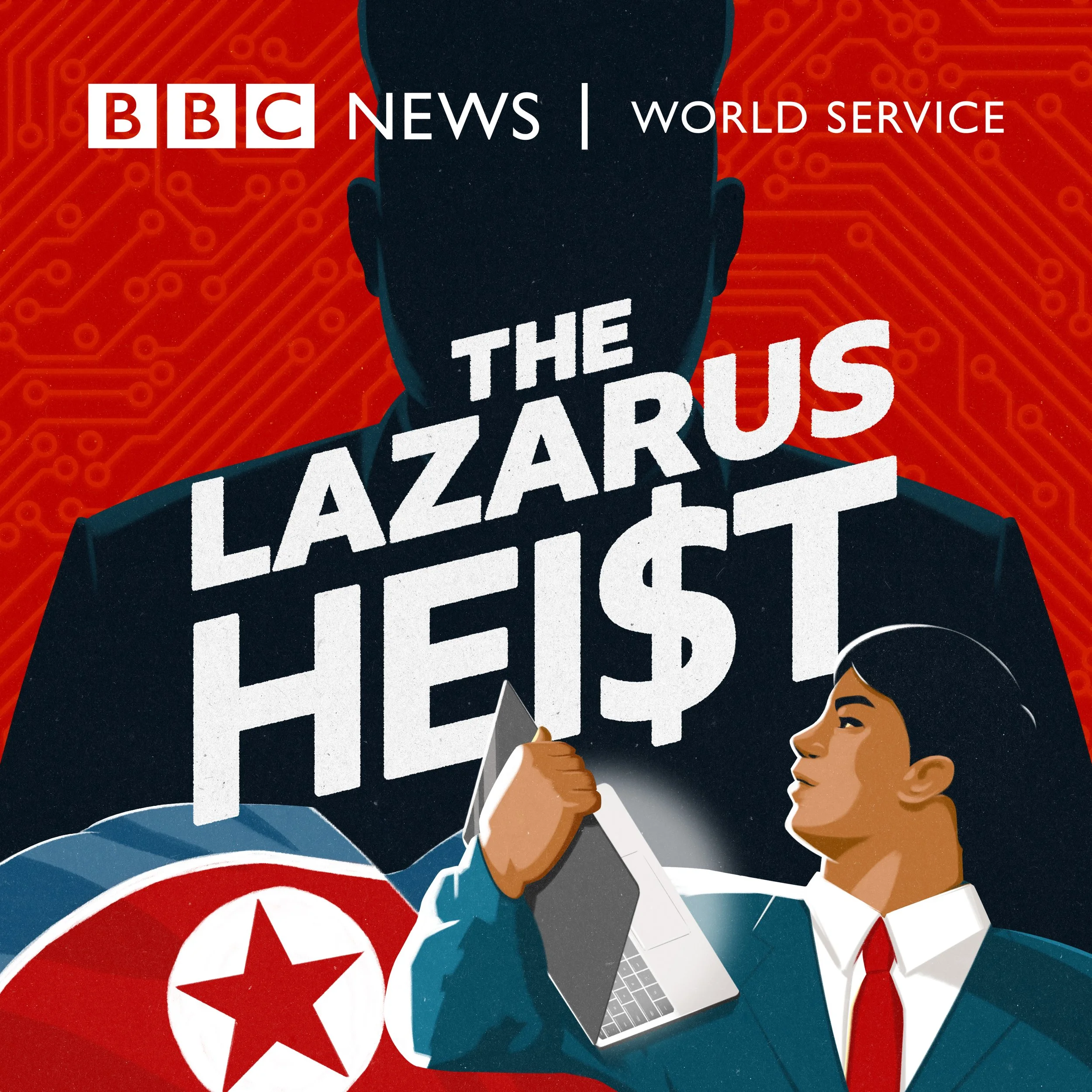

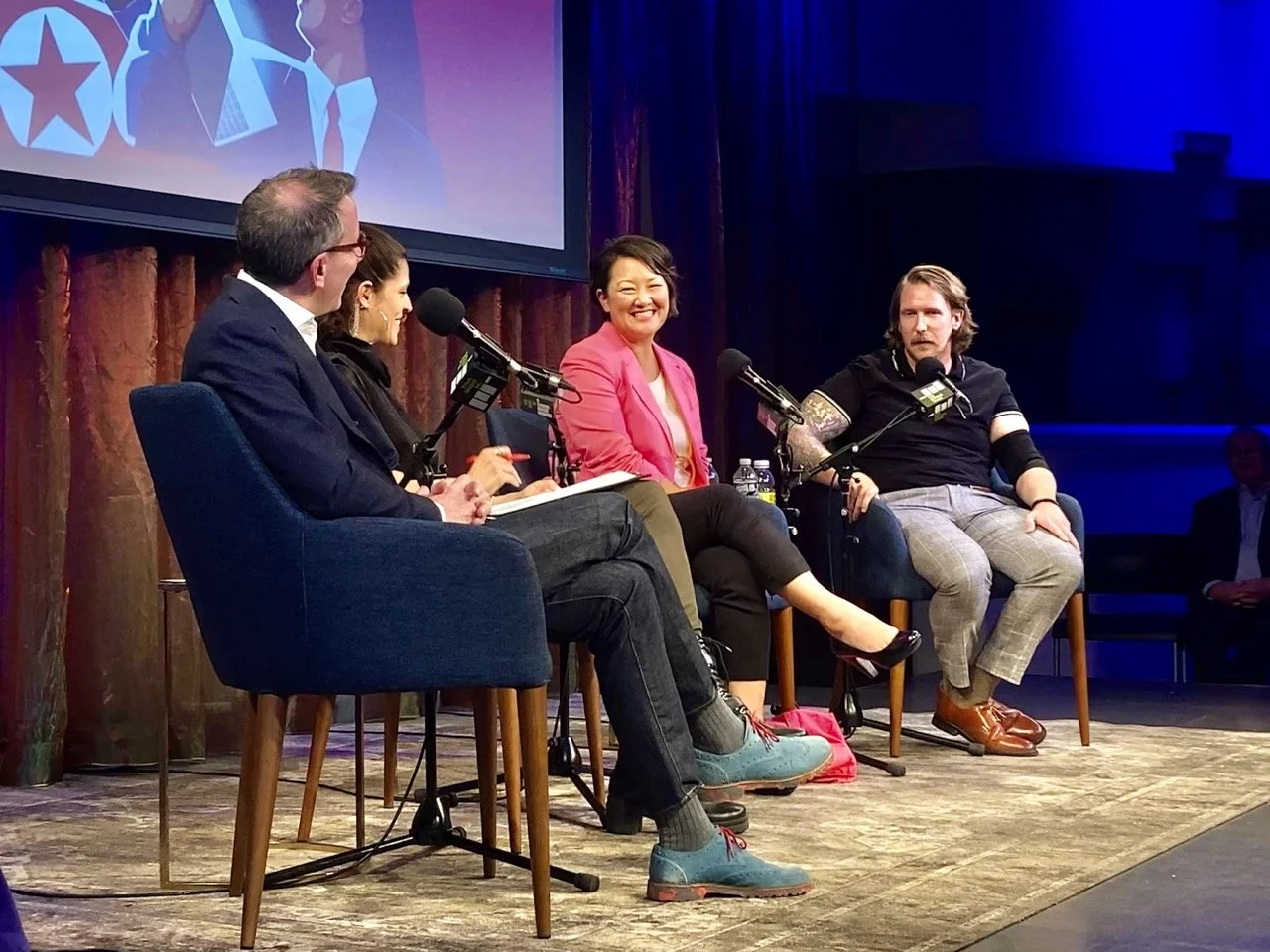
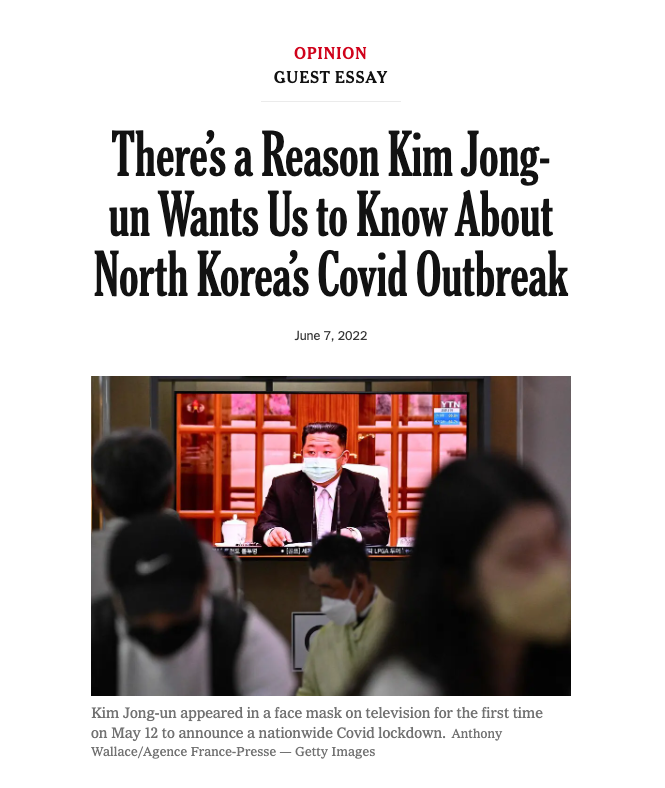

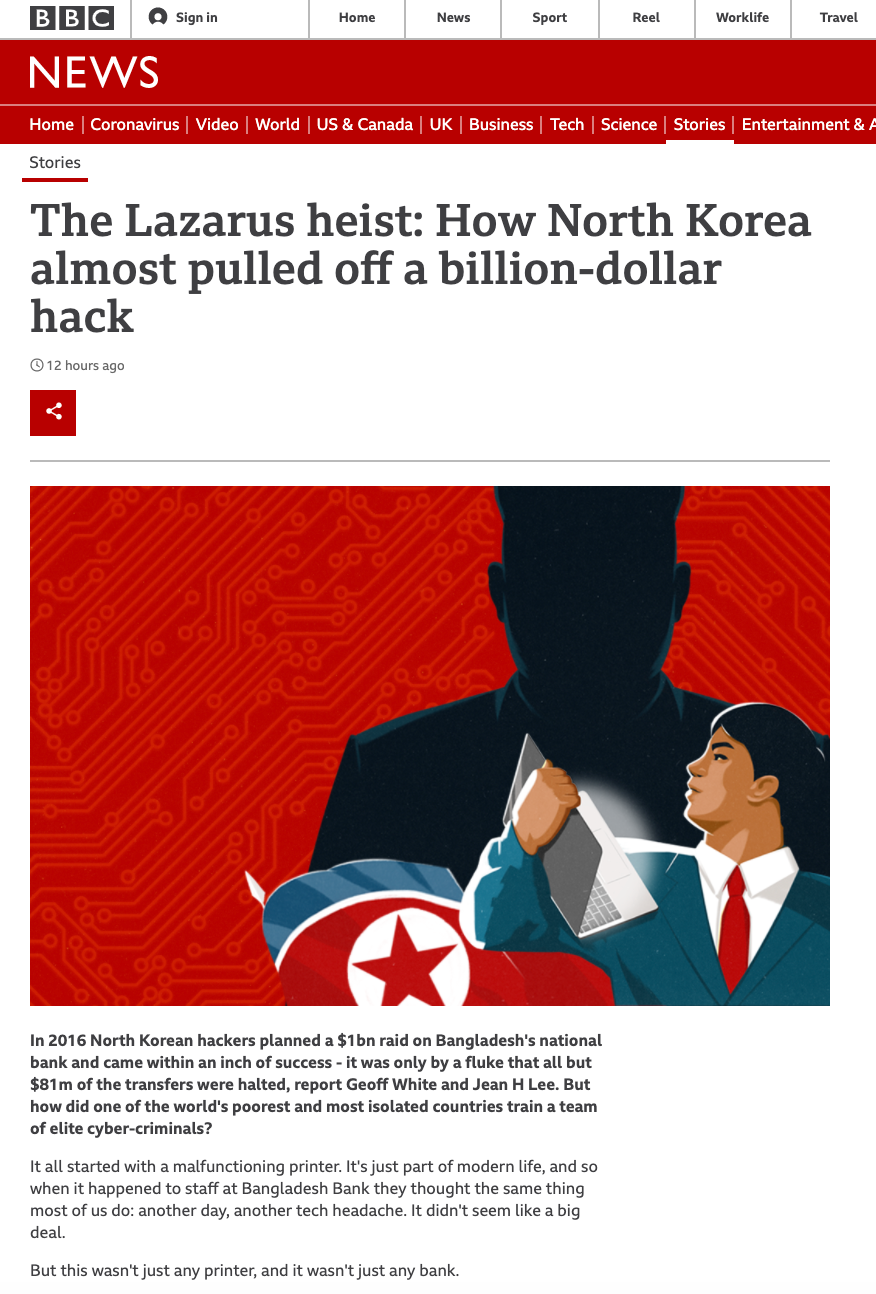













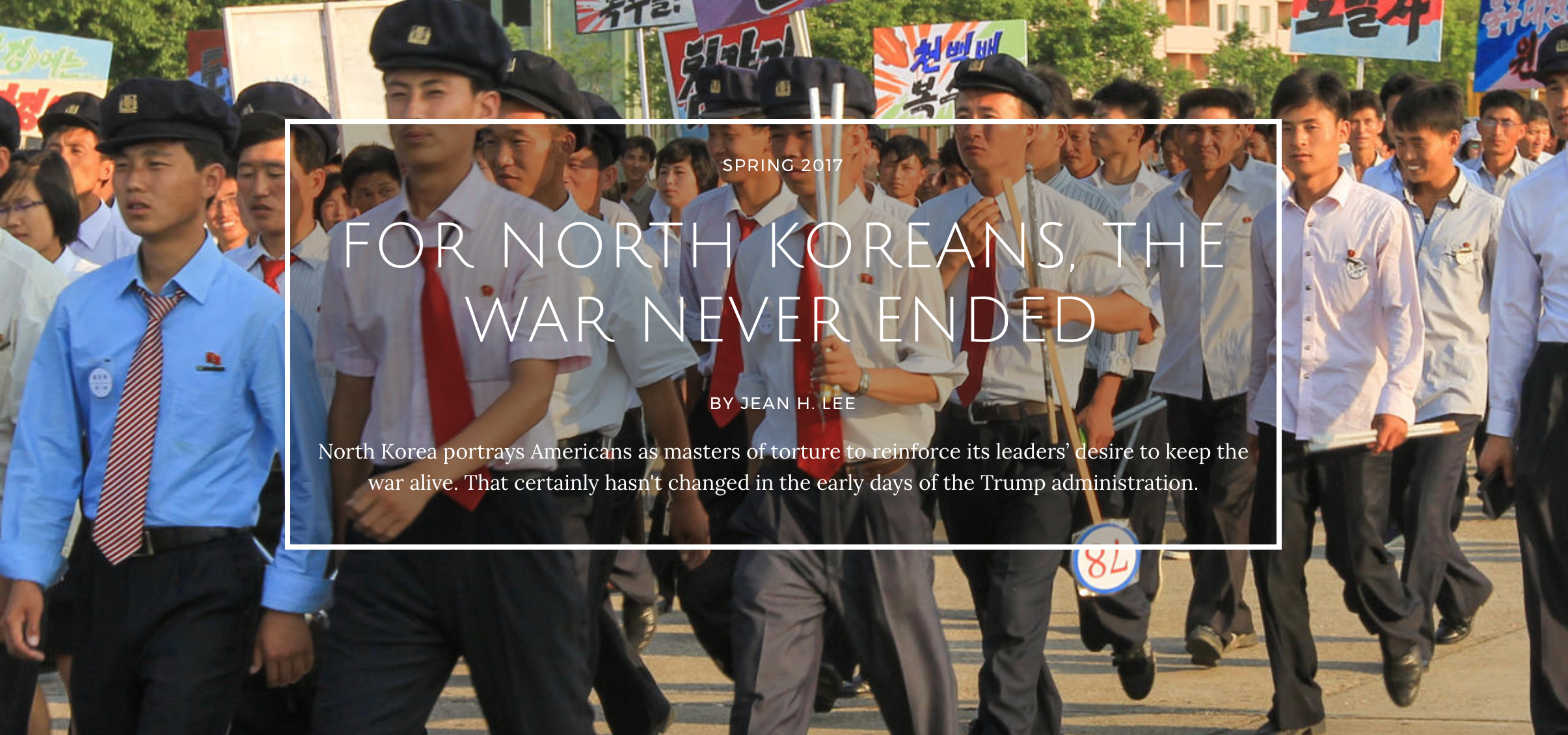



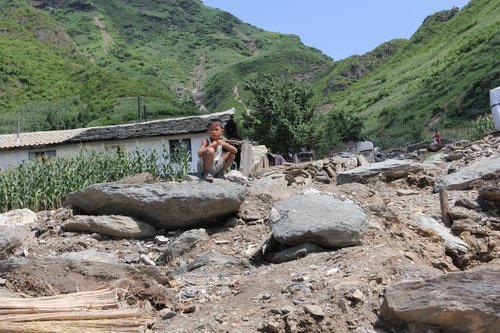




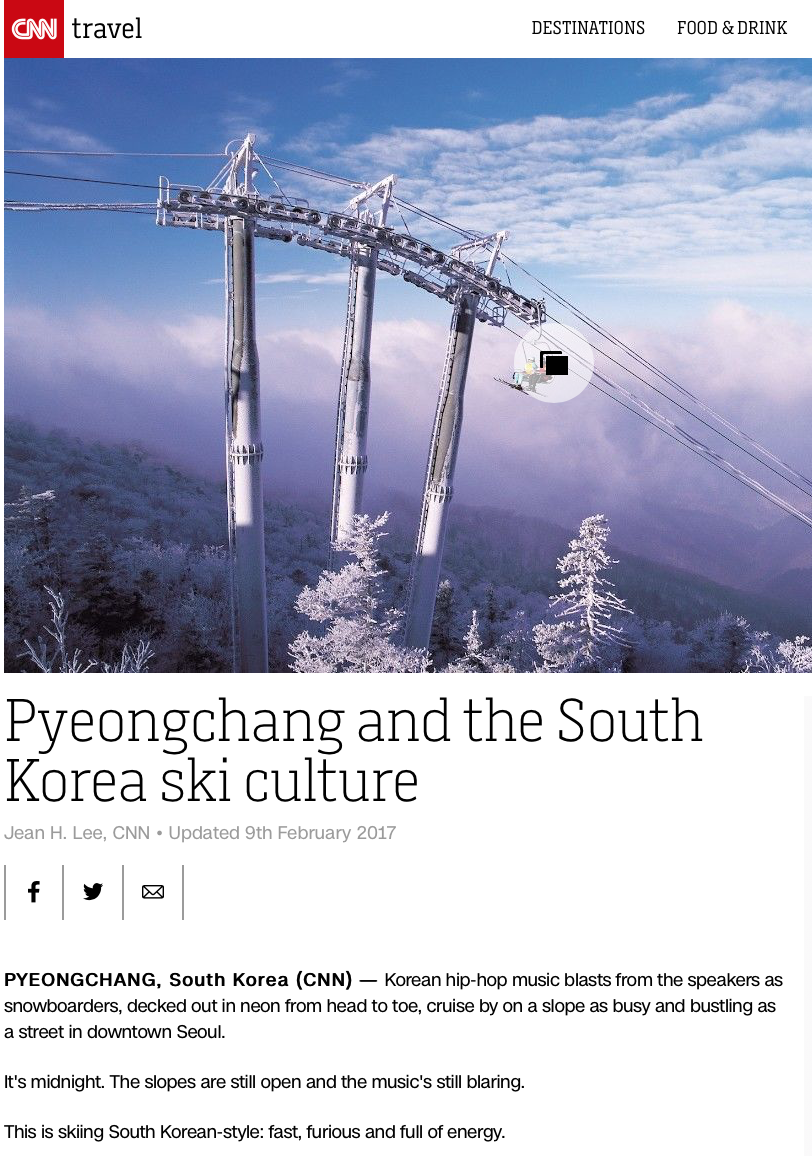


Download all episodes of The Lazarus Heist, watch Lazarus Heist animations, read our feature story about the hackers and view visualizations of the podcast episodes on Lazarus Heist homepage on the BBC World Service website!